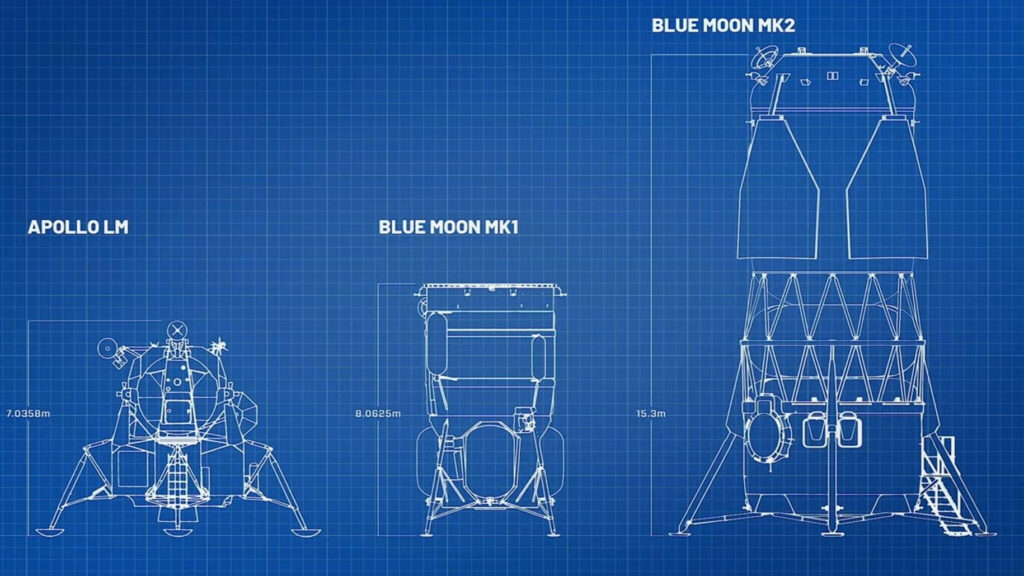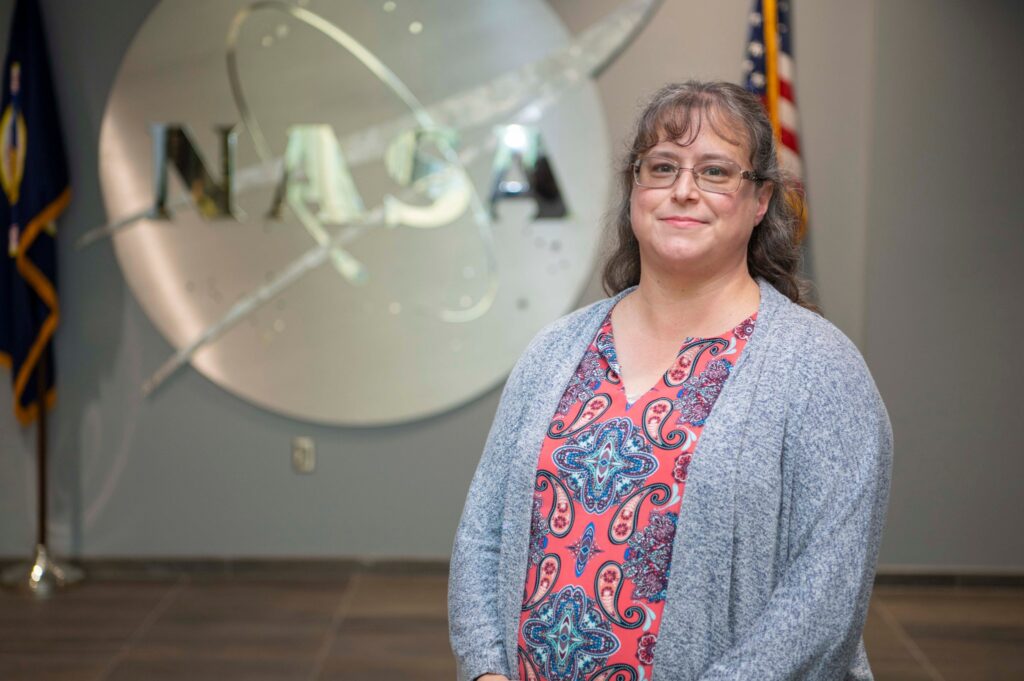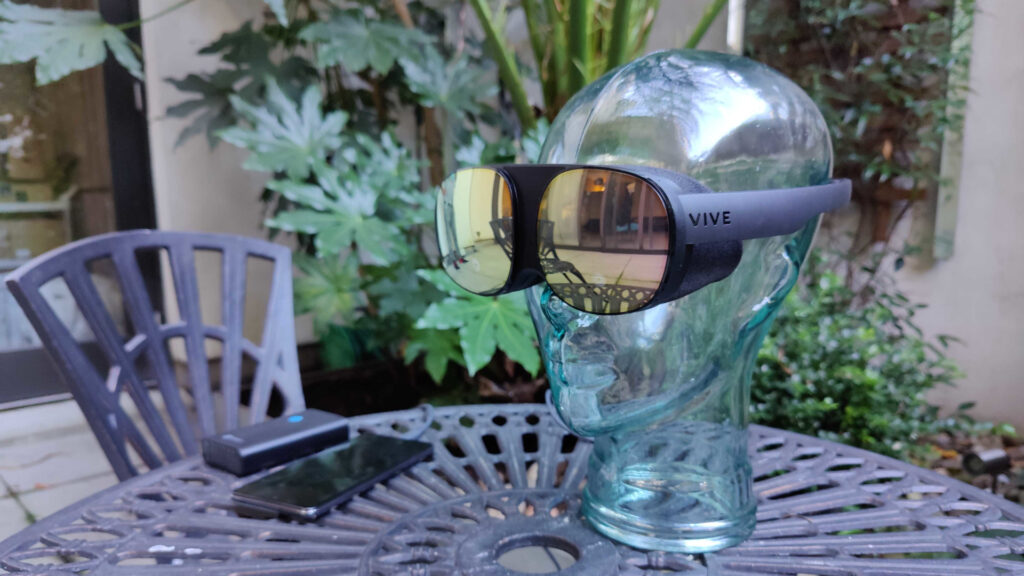Some nights when we look up at the moon, it is full and bright; sometimes it is just a sliver of silvery light. These changes in appearance are the phases of the moon. As the moon orbits Earth, it cycles through eight distinct phases. The four primary phases of the moon occur about a week apart, with the full moon its most dazzling stage.
In November 2021, the moon’s phases will occur on the following dates:
New Moon: Nov. 4
First Quarter: Nov. 11
Full Moon: Nov. 19
Last Quarter: Nov. 27
During the full moon on Nov. 19, the moon will pass through part of Earth’s shadow in a partial lunar eclipse. This lunar eclipse will be visible from North America, South America and parts of Europe, Asia and Australia. The eclipse will peak at 4:02 a.m. EST (0902 GMT).
Lunar calendar for 2021
Here are the moon phases for 2021, according to NASA’s SKYCAL. Times and dates are in UTC time. If you need equipment for viewing the moon, check out our guide to the best telescopes and the best telescopes for kids.
| New Moon | First Quarter | Full Moon | Last Quarter |
|---|---|---|---|
| Jan 6, 9:37 a.m. | |||
| Jan 13, 5:00 a.m. | Jan 20 9:02 p.m. | Jan 28, 7:16 p.m. | Feb 4, 5:37 p.m. |
| Feb 11, 7:06 p.m. | Feb 19, 6:47 p.m. | Feb 27, 8:17 | Mar 6, 1:30 a.m. |
| Mar 13, 10:21 a.m. | Mar 21, 2:40 p.m. | Mar 28, 6:48 p.m. | Apr 4, 10:02 a.m. |
| Apr 12, 2:31 a.m. | Apr 20, 6:59 a.m. | Apr 27, 3:31 a.m. | May 3, 7:50 p.m. |
| May 11, 7:00 p.m. | May 19, 7:13 p.m. | May 26, 11:14 a.m. | Jun 2, 7:24 a.m. |
| Jun 10, 10:53 a.m. | Jun 18, 3:54 a.m. | Jun 24, 6:40 p.m. | Jul 1, 9:11 p.m. |
| Jul 10, 1:16 a.m. | Jul 17, 10:11 a.m. | Jul 24, 2:37 a.m. | Jul 31, 1:16 p.m. |
| Aug 8, 1:50 p.m. | Aug 15, 3:20 p.m. | Aug 22, 12:02 p.m. | Aug 30, 7:13 a.m. |
| Sep 7, 12:52 a.m. | Sep 13, 8:39 p.m. | Sep 20, 11:55 p.m. | Sep 29, 1:57 a.m. |
| Oct 6, 11:05 a.m. | Oct 13, 3:25 a.m. | Oct 20, 2:57 p.m. | Oct 28, 8:05 p.m. |
| Nov 4, 9:15 p.m. | Nov 11, 12;46 p.m. | Nov 19, 8:58 a.m. | Nov 27, 12:28 p.m. |
| Dec 4, 7:43 a.m. | Dec 11, 1:36 a.m. | Dec 19, 4:36 a.m. | Dec 27, 2:24 a.m. |
Phases of the moon

The moon, like Earth, is a sphere, and it is always half-illuminated by the sun. As the moon travels around Earth, we see more or less of the illuminated half. Moon phases describe how much of the moon’s disk is illuminated from our perspective.
New moon: The moon is between Earth and the sun, and the side of the moon facing toward us receives no direct sunlight; it is lit only by dim sunlight reflected from Earth.
Waxing crescent: As the moon moves around Earth, the side we can see gradually becomes more illuminated by direct sunlight.
First quarter: The moon is 90 degrees away from the sun in the sky and is half-illuminated from our point of view. We call it “first quarter” because the moon has traveled about a quarter of the way around Earth since the new moon.

Waxing gibbous: The area of illumination continues to increase. More than half of the moon’s face appears to be getting sunlight.
Full moon: The moon is 180 degrees away from the sun and is as close as it can be to being fully illuminated by the sun from our perspective. The sun, Earth and the moon are aligned, but because the moon’s orbit is not exactly in the same plane as Earth’s orbit around the sun, they rarely form a perfect line. When they do, we have a lunar eclipse as Earth’s shadow crosses the moon’s face.
Waning gibbous: More than half of the moon’s face appears to be getting sunlight, but the amount is decreasing.
Last quarter: The moon has moved another quarter of the way around Earth, to the third quarter position. The sun’s light is now shining on the other half of the visible face of the moon.
Waning crescent: Less than half of the moon’s face appears to be getting sunlight, and the amount is decreasing.
Finally, the moon is back to its new moon starting position. Now, the moon is between Earth and the sun. Usually the moon passes above or below the sun from our vantage point, but occasionally it passes right in front of the sun, and we get a solar eclipse.
Related: Infographic: How Moon Phases Work


